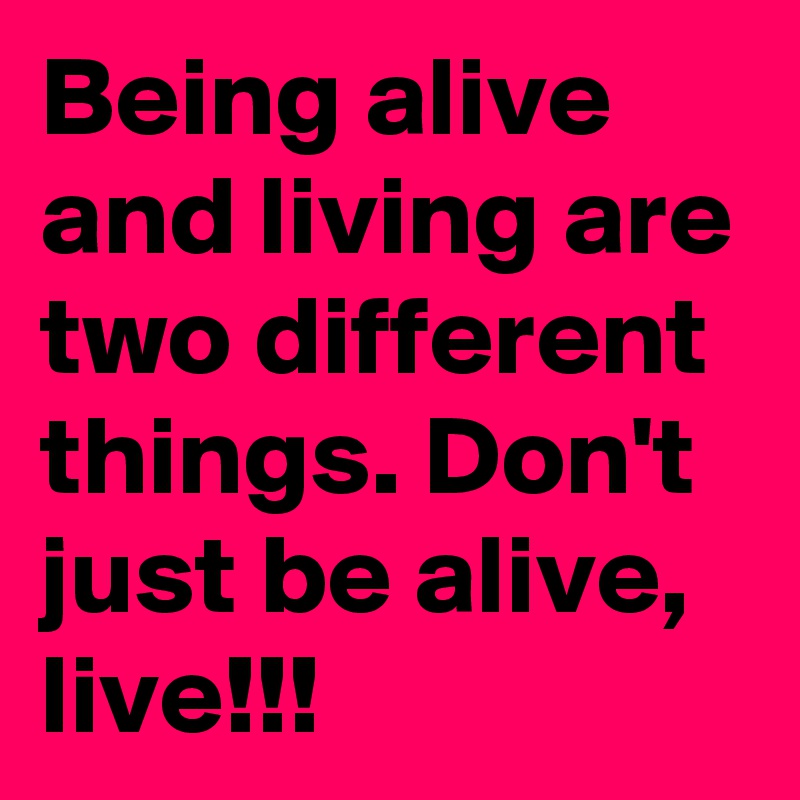
There is a common understanding that because we exist – we are alive.
Usually we go through our life in the routine of mechanical actions and occupations. When driving – one could dive for hours and ‘not be there’ but if suddenly someone bursts to the road in front, then all of a sudden ‘we are there’, present totally. The question is: could we be there without a danger?
The whole idea of living is to be present with the whole of us: to be there.
‘Being there’ is a known terminology of the philosopher: Martin Heidegger, which is called in German: Dasein, he claims that what is missing in the normal human existence is the ‘Being there’.
This term is also found in the system of the fourth way of Gurdjieff, there it is known as: self-remembering. This concept could be found (in a different context) in: William James’s work by the name of: Introspection (an inner observation). Recently a new term called: Mindfulness is becoming to be very popular.
Life goes by and we can be automatic and mechanical in it or we can ‘be there’.
For example: we would could be in a lecture or in a poetry reading and be absent minded, not present and when a person goes out he doesn’t know what was being said or’ at least grasp the meaning of it.
Another difference is between hearings and listening, in order to be able to listen it is not enough just to hear. Or the difference between just seeing and observation. Or between chatter and a dialog.
So, what is the difference between mechanical existence and a life of ‘being present’?
The difference between both is in paying attention. The way to pay attention is first of all to collect oneself, from being dispersed to concentrate on what is being said or is happening.
It is not easy to pay attention, it requires a conscious effort.
To pay attention as way of living is difficult, for it is to be in a sort of emergency state, but otherwise life escapes us, for we are in a state of: an automatic pilot… and our attention is asleep, thus we can walk in the same road or eat and talk without attention, without ‘being there’, but you cannot read a book without ‘being there’, otherwise one could go through the lines without knowing what was written.
The whole idea of paying attention is to turn it into a permanent way of living.
But is it at all possible? To live that way all the time, or most, of the time?
Well, as it has been written before, it is a kind of emergency that one’s system can get used to, as a nurse in emergency room, or a soldier in war, where the emergency state is becoming a modus Vivendi, and is a matter of self-training and persistence; to keep reminding oneself again and again to pay attention, to be there. It is a matter of conscious effort. But it is not the kind of effort that puts the system into a stress, it is done softly, by giving the mind a guided Projection, to give the mind a direction.
There are three levels of ‘being there’:
The first and lower level (which is mechanical and automatic): is the consumption level (to have), and it doesn’t matter what kind or what level of consumption; consumption is consumption. To get as many object of consumption into our system. At this level attention is totally absent.
The second and a higher level, is the action level (to do), here we run from place to place, trying to compress as many activities into our day. Here we pay more attention, but still the majority of oneself is absent.
The third is the highest level, here the person is present (to be) he is 100% paying attention.
And one last thing: without inner quietness and inner peace – in the emotions, the blood and the mussels – the third state of to be – will not succeed…

